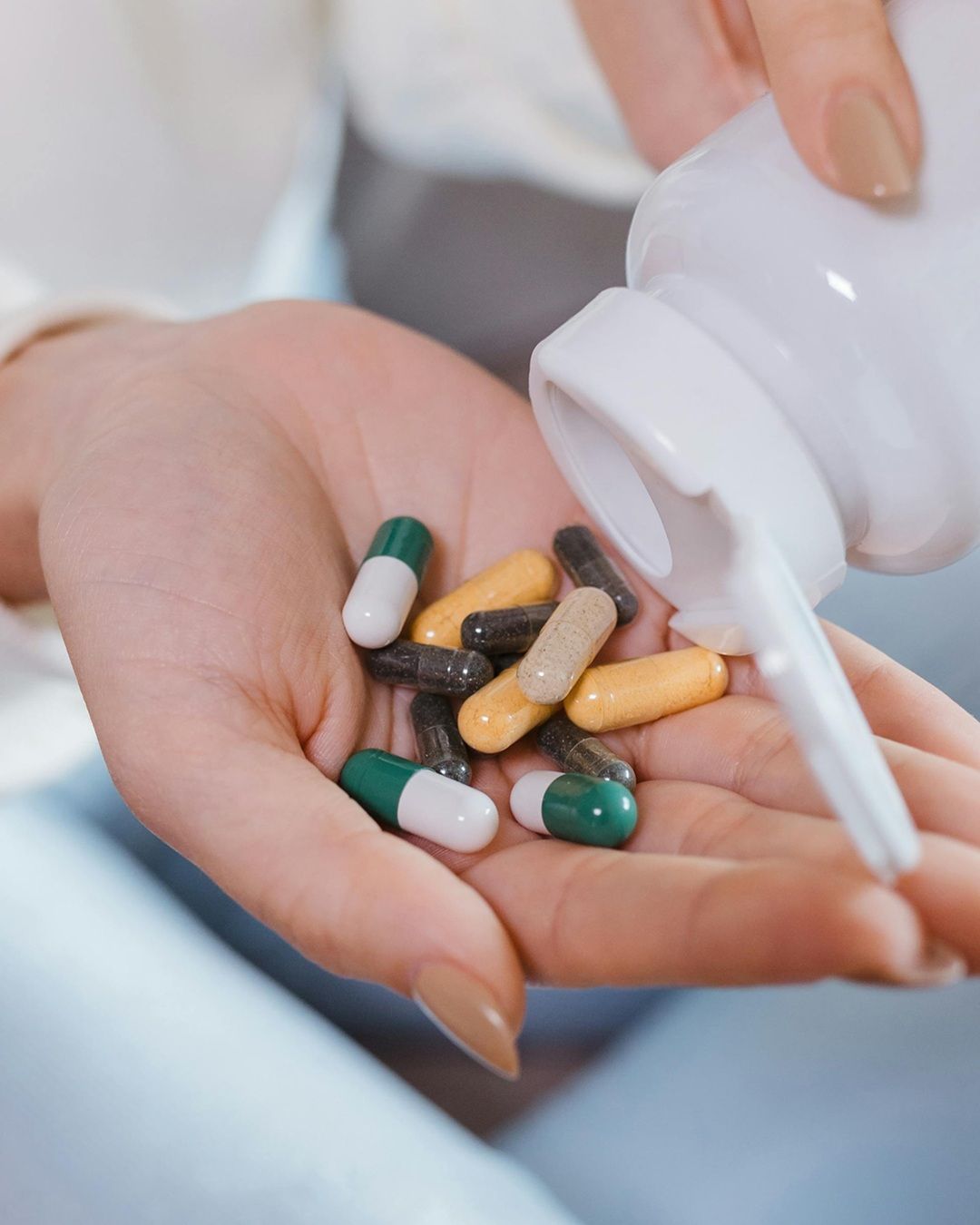
How to take care of the scalp The real secret to more beautiful hair is a healthy scalp
Let's think about it: when was the last time we paid attention to our scalp? Maybe we've invested money in a nourishing conditioner or bought a hyper-technological hairdryer, but few of us have focused on this delicate skin area, ignoring that the well-being of the entire hair depends on it. Lately, however, things are changing, and on social media platforms like TikTok, hashtags such as #scalp, #scalpcare, and #scalptreatment have millions of views, leading to discussions about the "skinification" of hair, comparing the habit of having an elaborate scalp care routine to that for facial skincare.
What is the Scalp and Why Should We Care for It?
The scalp is the area where the hair follicles responsible for hair growth are located. Its skin is very similar to that of the face with some differences: it is composed of the epidermis, dermis, and hypodermis but is slightly thicker, has more sebaceous glands, and contains hundreds of thousands of hair follicles. The key to maintaining a healthy scalp is to take care of its microbiome, the ecosystem of microorganisms, including bacteria, fungi, and parasites, living on its surface as well as inside the follicle and, among other things, acting as the first line of defense against harmful microbes. When the scalp is in good condition and appears smooth and without redness, it indicates blood circulation in the hair follicle and, therefore, a healthy base for hair growth. However, when symptoms such as flaking, irritation, thinning, or hair loss occur, it's a clear sign that something is wrong, and we should consult a family doctor, dermatologist, or seek professional trichological advice.
@gisou Ready to grow stronger, healthier & shinier hair? #gisou #healthyhair #hairtok #scalpcare original sound - Gisou
Why Does the Scalp Itch? Signs that Something is Wrong
Every day, the scalp's microbiome is attacked by internal and external agents that can lead to an imbalance and, consequently, various more or less serious problems. Signs of poor scalp health include:
- Itching, redness, or inflammation of the skin;
- Burning, irritation, or pain on the scalp surface;
- Oily hair, extreme greasiness, or extreme dryness;
- Dandruff or flaking;
- In some cases, bumps or even sores on the scalp;
- Excessive shedding or hair thinning.
The causes of these problems can also be multiple, so when symptoms occur, it would be wiser to consult a specialist rather than trying DIY solutions that could turn out to be wrong therapies, not identifying the origins of the problem but rather worsening it.
Causes of an Unhealthy Scalp
Among the factors that influence the scalp's balance, we must always consider an unhealthy diet, vitamin deficiencies, health conditions, and high levels of cortisol due to stress. Other factors that can negatively impact hair follicles and lead to sebum buildup and dandruff include:
- Weather conditions, cold, heat, UV rays;
- Atmospheric pollution and heavy metals present in the air;
- Chlorine and saltwater;
- Aggressive detergents (be careful with parabens, alcohol, and sulfates) and excessive washing;
- Too frequent or too sparse washing or using unsuitable products;
- Too hot blow dryers and flat irons or overly vigorous brushing.
How to Take Care of the Scalp
According to the Italian Association of Dermatology and Cosmetology (AIDECO), "The scalp, the site of hair follicles from which hair emerges and rich in sebaceous and sweat glands, must be treated to keep it in good condition, avoiding altering its microbiome, its natural hydration conditions, and protecting it from the effects of external atmospheric agents," but how? Scalp care includes at least three basic steps, to which we can add other steps if desired: proper cleansing, rebalancing, and hydration.
- Cleansing: first, we should know our scalp and hair type and what they respond to best, and in this case, a specific analysis can be helpful. Once the types are identified and the most suitable products are purchased, we should remember not to wash them too often. When we do, many recommend massaging the scalp with circular hand movements or using a specific brush (with shampoo inserted) to remove dead skin cells and stimulate blood flow, thus encouraging hair growth. Another precaution is to wash the hair with warm, but not boiling water.
- Restore balance and moisture: when functioning correctly, the scalp has its own self-sufficient moisture content that does not require special treatments. However, we can give it an additional hydration boost using specific conditioners, serums, and oils for the scalp (different from those used for the lengths of the hair), preferably rich in proteins and vitamins.
- Drying: we should also pay attention to how we dry our hair. If not air-dried but using a hairdryer, it's better to avoid high temperatures that can irritate the scalp. We prefer a medium-cool temperature and remember to keep a certain distance from the roots. Once dried, it's time to detangle knots, as dry hair is less prone to breakage and falling.
- Extras: depending on the needs, we can pamper our scalp a little more with a weekly exfoliation to prevent congestion due to dry shampoo and atmospheric pollution. We can complete our haircare routine with a weekly scalp mask that may contain peptides to awaken inactive follicles and aloe vera to refresh the scalp. Finally, always remember to protect the area from UV rays by wearing a scarf or hat or applying specific products, and, even if it doesn't seem superfluous, always rely on professional hairdressers for all chemical treatments like dyeing, bleaching, or detox. Always a good idea? Sleeping on a silk pillowcase.

























































